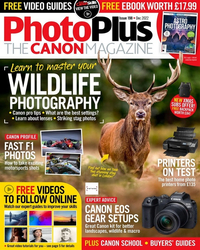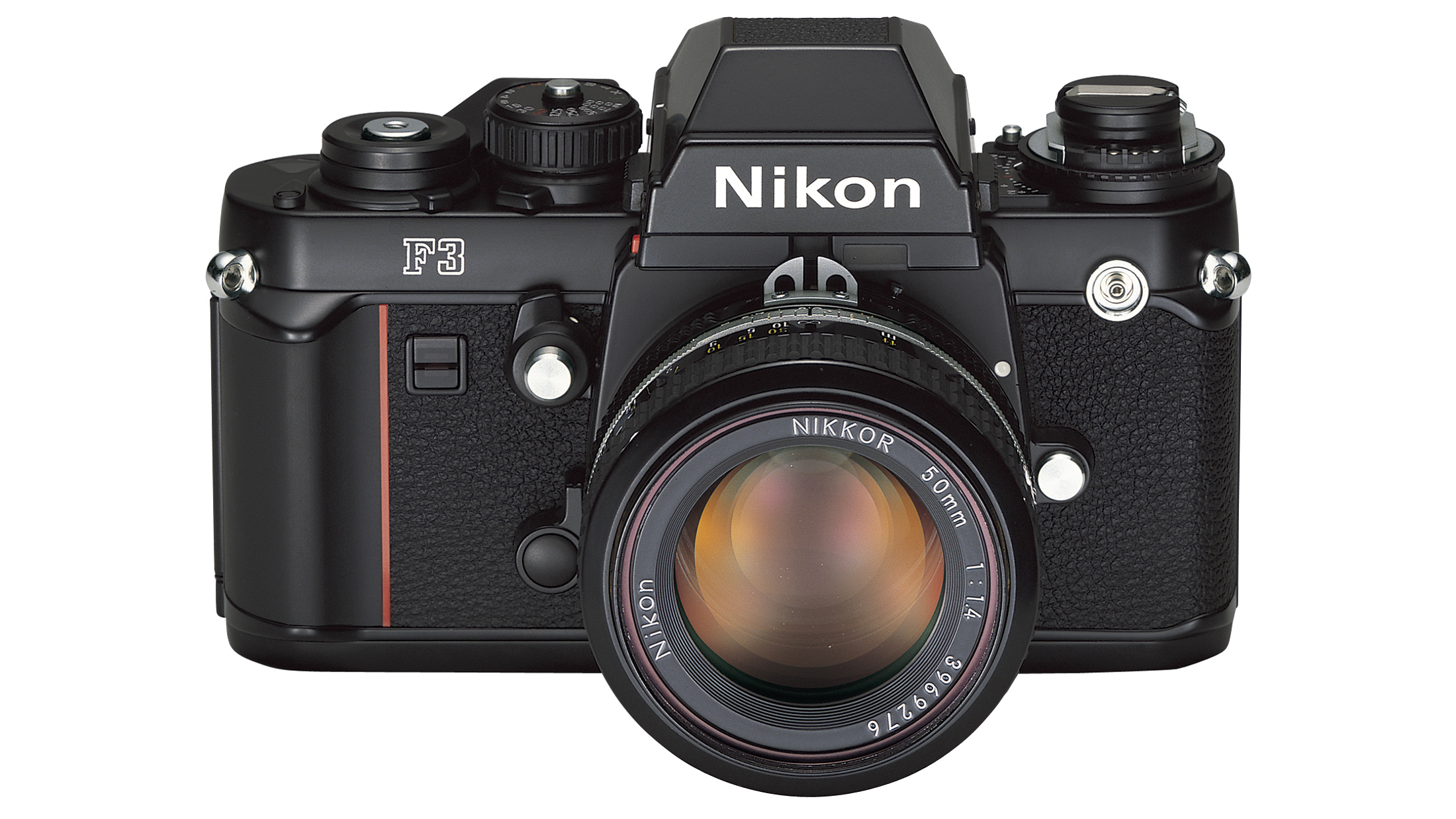Pro architecture photographer shows kit he uses to keep buildings sharp
Keith Cooper presents the assortment of Canon kit that keeps buildings straight and shots sharp
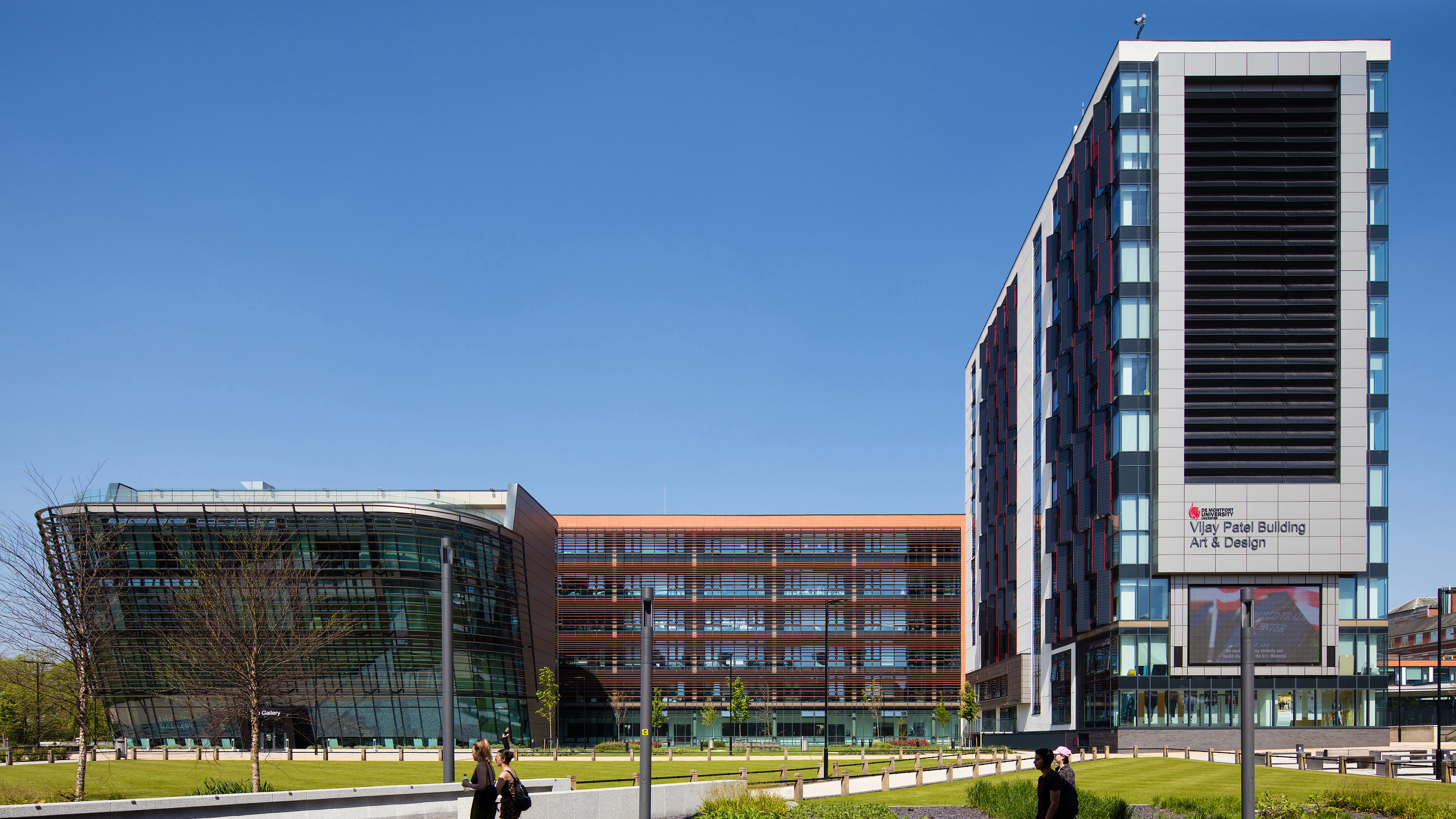
Keith Cooper is a commercial photographer specializing in industrial and architectural photography, and enjoys exploring buildings and looking around factories in his spare time. His personal love of black-and-white and landscape photography guides much of his vision, and he strongly believes that printing your work helps you to understand it better.
• Read more: Best Canon cameras
We sat down with Keith, who regularly shoots for professional clients such as Canon, Epson and X-Rite, testing new equipment, to find out how he shoots and the equipment that makes his job possible. You can find more about Keith's work on his official website.
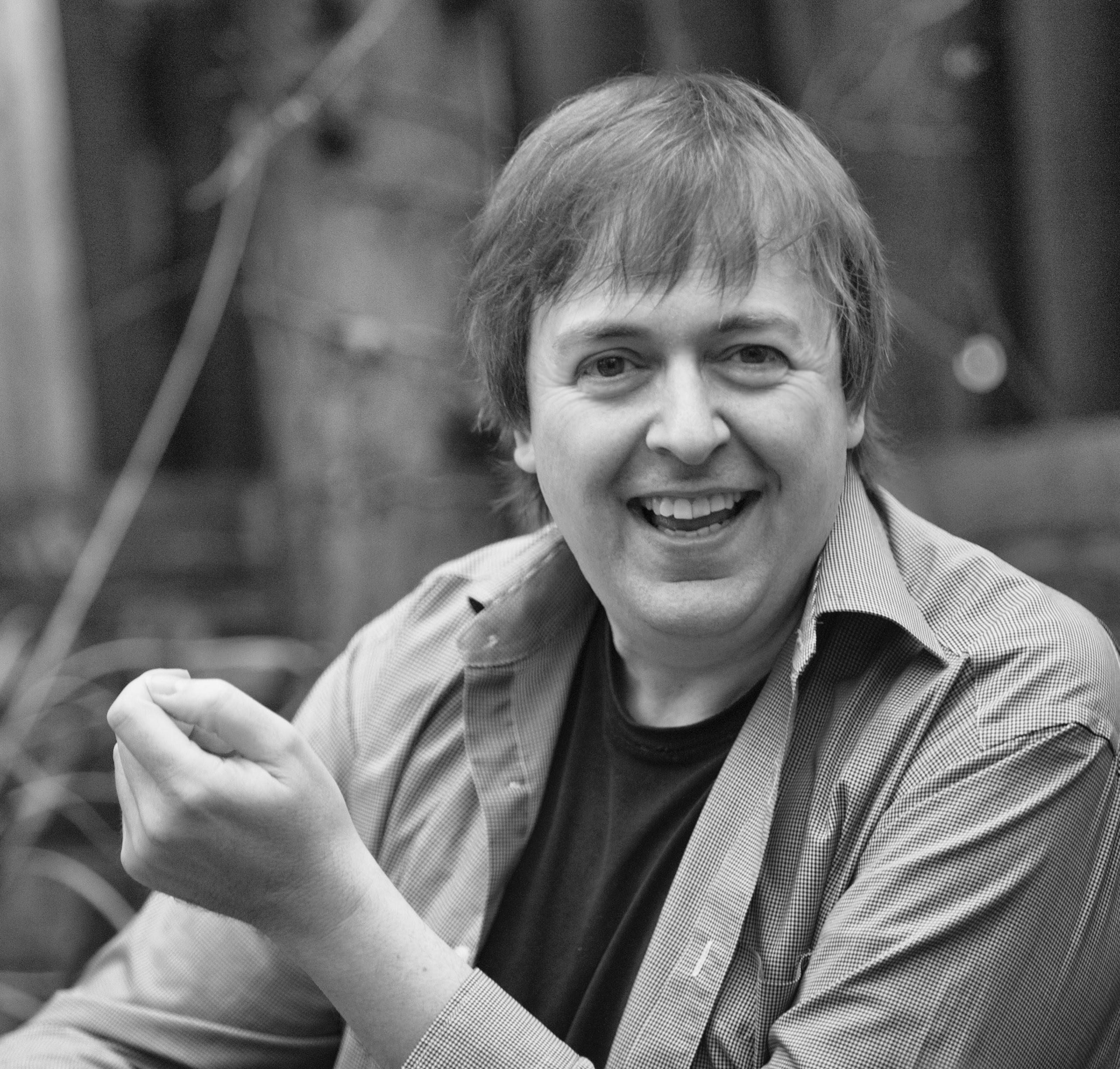
"My past careers in geology, engineering and academic research were driven by a fascination in how things work, so as a pro photographer I was always going to lean to the more technical side.
"My first camera was the Canon EOS-1Ds and its larger sensor just made it easier to shoot wide with lenses like the Canon EF 14mm f/2.8L II USM. A love of large prints and my testing work with printer manufacturers pushed me to my current 50Mp Canon EOS 5DS body.
"The wider you shoot, the more you’ll get in the image, but the trade-off must be careful composition and camera positioning. The additional control over image geometry and composition makes tilt-shift lenses essential for my work.
"Industrial photography led to an interest in macro photography, where I love the fact that most commissions start with, “I don’t know if you can photograph this but…”
Get the Digital Camera World Newsletter
The best camera deals, reviews, product advice, and unmissable photography news, direct to your inbox!
"Commercially, my job is to help clients convey their message visually – that’s where the more creative process comes in. From my point of view, this is underpinned by my detailed understanding of what my gear will enable me to do.
"The majority of working photographers don’t get the chance to experiment or simply ‘play’ with new kit, unfortunately for them.
"Our business model also specifically gives me time to write articles and reviews. Canon recently lent me all of its new tilt-shift lenses – okay, I had to give them back eventually, but writing reviews makes me go out and experiment, with the added bonus of not having to match a client’s brief."
01. Canon EOS 5DS
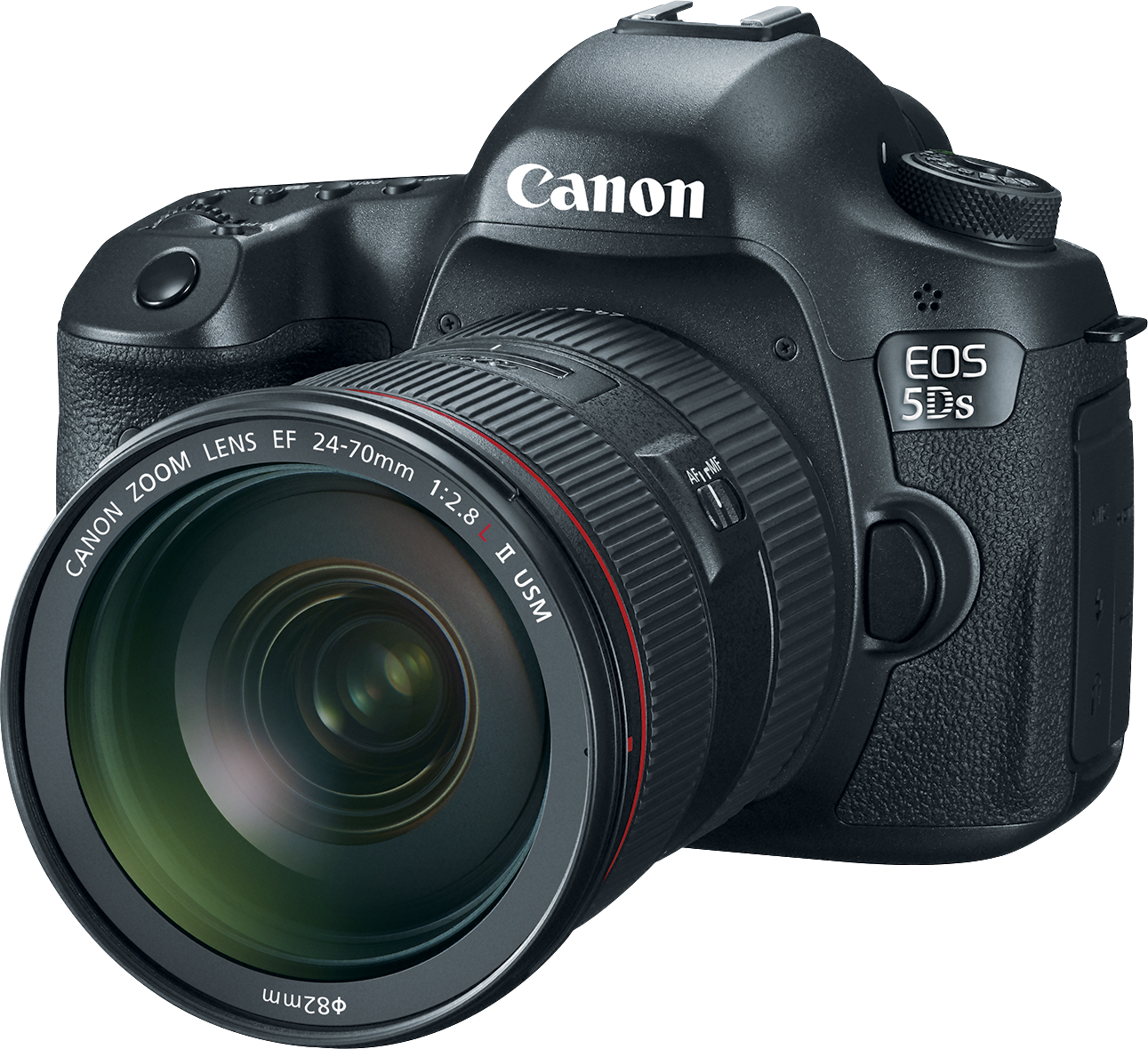
"My work often needs large, detailed images. The 50Mp EOS 5DS DSLR gives me the resolution I’m after, whether for fine architectural structures, industrial machines, or small macro detail. Raw files that have enough detail for huge prints are important, even if the client only (initially) wants 1500-pixel JPEGs. The 5DS is solidly built, but I keep my 21Mp EOS-1DS Mark III as a backup and for less hospitable environments like quarries, foundries or construction sites."
See our guide to the highest-resolution cameras available today
02. Canon TS-E 24mm f/3.5L II
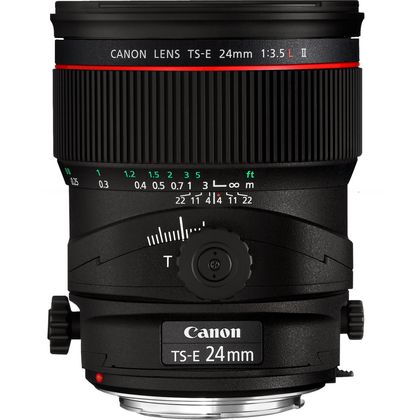
"A good quality 24mm prime lens in its own right, this tilt-shift lens enables me to use shift for the correction of converging verticals, or taking multiple shots for stitching. Tilt enables me to run the plane of focus exactly where I want, whether that’s wall, floor or ceiling. Mastering tilt-shift lenses has been a vital part of my photography journey; there are lots of things that you simply can’t do in software."
03. Canon TS-E 17mm f/4L
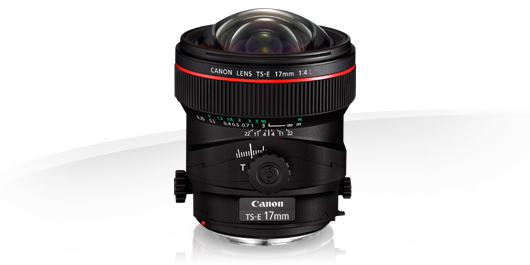
"The TS-E 17mm perspective-control lens captures parts of a massive field of view when shifted, as well as being a good ultra-wide lens on its own. While the 17mm is often my lens of choice for architectural work, the ultra-wide view needs a lot more care in composition – and precise leveling of your camera is even more important. That said, I enjoy using it and the 24mm handheld on occasions."
See our guide to the best tilt-shift lenses
04. Canon EF 24-70mm f/2.8L USM
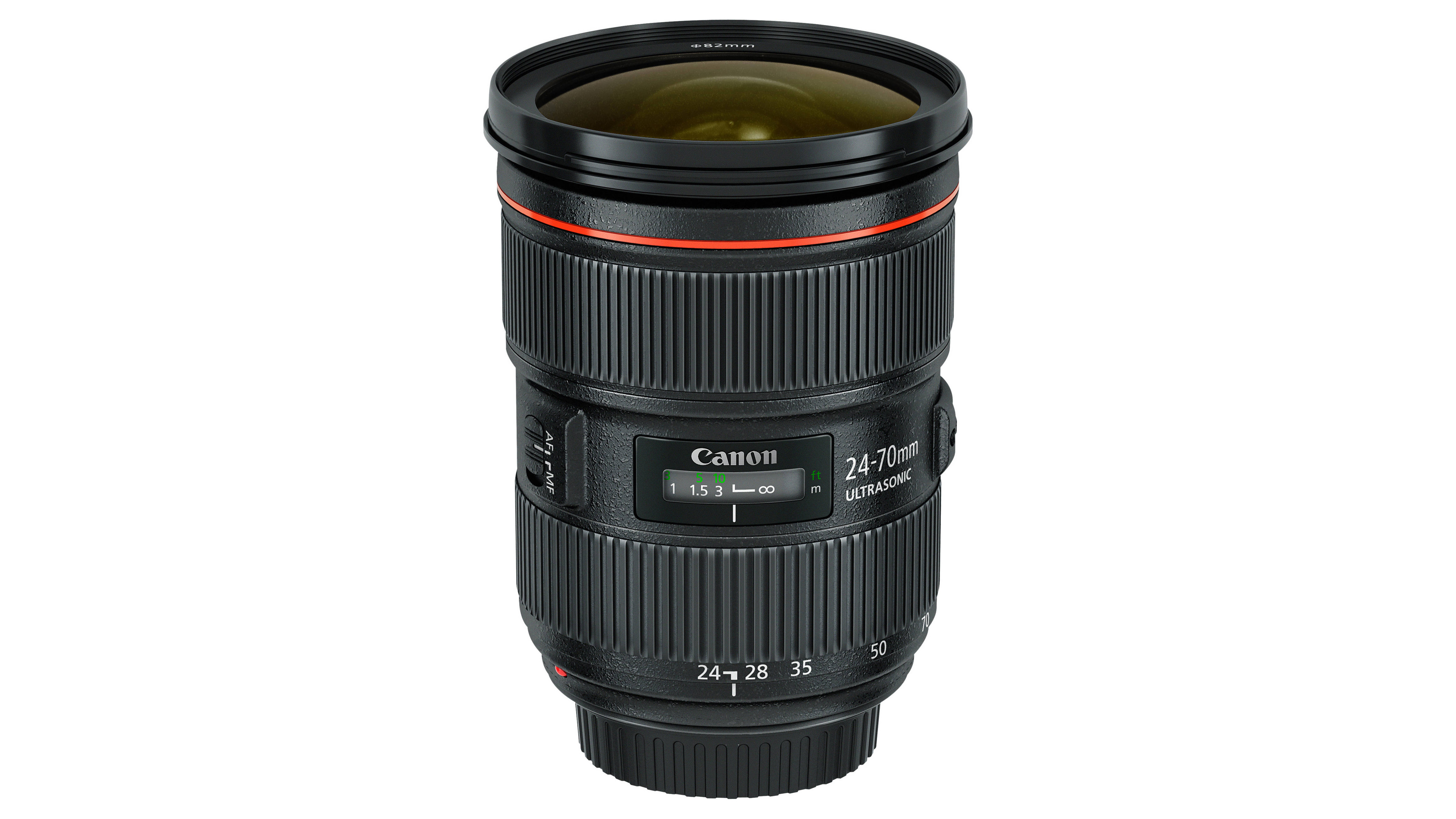
"The 24-70mm is still my go-to general purpose lens, whether for architectural detail, or portrait work of people in hard hats and hi-vis jackets on location. The lens is not the latest version, but like many Canon lenses, still works well after 15 years. I’ll likely replace it with a high-megapixel pro mirrorless camera that surpasses my 5DS, and an RF mount 24-70mm f/2.8."
05. Canon MP-E 65mm f/2.8 1-5x Macro lens
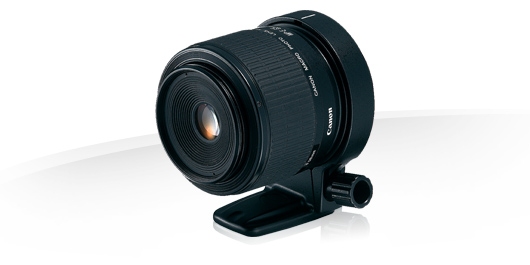
"The MP-E 65mm – a specialized macro lens with 1-5x magnification – produces excellent macro images for catalogues and, at a high resolution, large posters for trade shows. Using this lens for precise macro work, enables me to explore the world of barely visible detail. Unlike most I shoot electronic components and mechanical items, not insects, and use a stackshot controller for precise focus stacking."
06. Peli 1535 Air Case
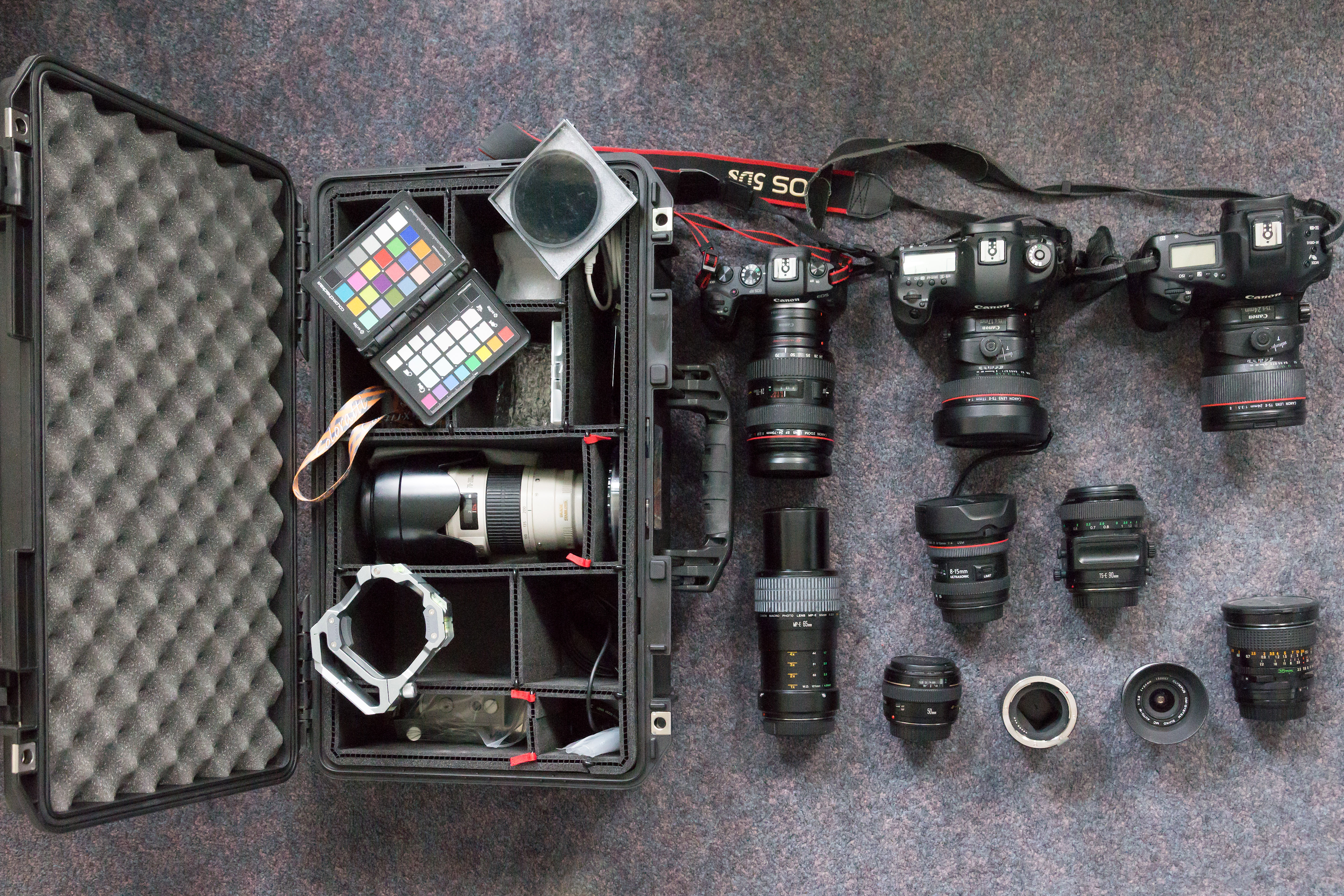
"Technical photography means that I often want more gear and accessories than can fit in a soft bag. I can reconfigure the inner dividers in the Peli Air Case, enabling me to carry all the gear I need for whatever job I’m doing – including camera and lenses as well as filters, cleaning brushes, a ColorChecker Passport and ‘that’ lens I didn’t realise I’d needed until I was on location."
See our guide to the best hard cases for cameras.
PhotoPlus: The Canon Magazine is the world's only monthly newsstand title that's 100% devoted to Canon, so you can be sure the magazine is completely relevant to your system. Every issue comes with a disc of video tutorials too.
Read more:
The best lens for portraits: our pick of the best 85mm lenses right now
The best camera for portraits: cameras and lenses perfect for portraits
215 photography tips, techniques and tricks for taking pictures of anything

Deputy Editor on PhotoPlus: The Canon Magazine, Dan also brings his technical wizardry and editing skills to Digital Camera World. He has been writing about all aspects of photography for over 10 years, having previously served as technical writer and technical editor for Practical Photography magazine, as well as Photoshop editor on Digital Photo.
Dan is an Adobe-certified Photoshop guru, making him officially a beast at post-processing – so he’s the perfect person to share tips and tricks both in-camera and in post. Able to shoot all genres, Dan provides news, techniques and tutorials on everything from portraits and landscapes to macro and wildlife, helping photographers get the most out of their cameras, lenses, filters, lighting, tripods, and, of course, editing software.
